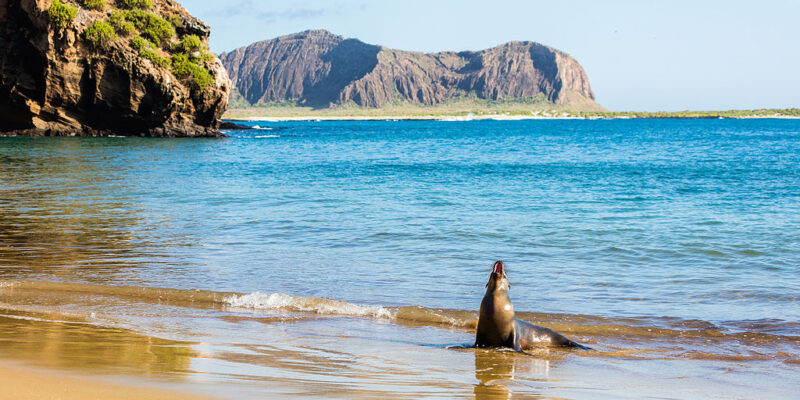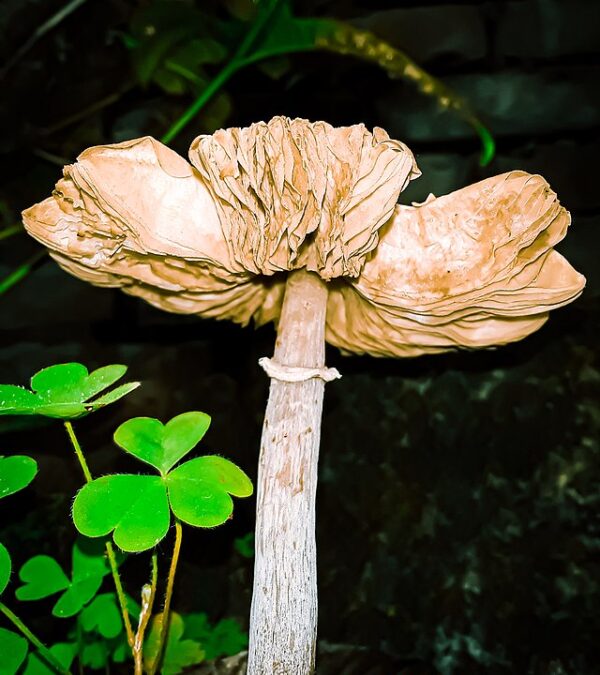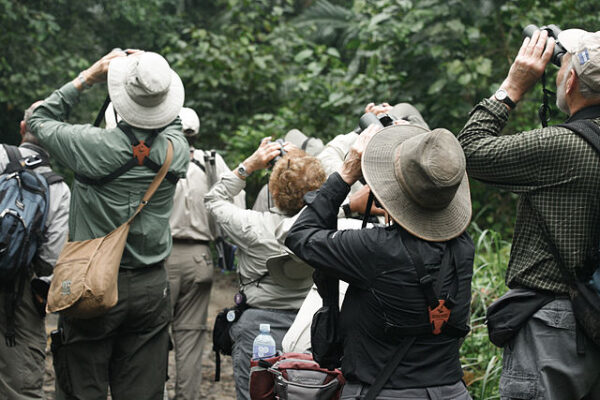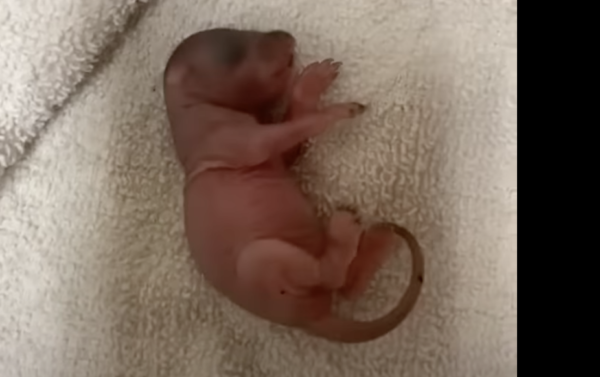
Nature is amazing. On the Galapagos Islands, two species that were thought to have become extinct have reappeared. The results come after conservationists cleared the island of an invasive species of rat that was killing the local animal population. Neither of the animals had been seen on the islands in decades.
ABC News wrote, “Locally extinct cactus finches and geckos are now “thriving” in their restored habitats, according to biologists who recently traveled to the Rabida and Pinzon islands in the Galapagos to monitor the wildlife recovery 10 years after the removal of an invasive rodent species, according to Island Conservation, a nonprofit organization that focuses on preventing extinctions by removing invasive species from islands.
A healthy population of geckos, known only from subfossil records dating back more than 5,000 years, have recolonized Rabida Island. Scientists believe that they were likely present but in such small numbers that they weren’t able to track the populations, Paula Castano, native species manager at Island Conservation, told ABC News.
Scientists have also documented the presence of Galapagos rails, known locally as pachays, an endemic bird never before reported on this island, on the upper part of Pinzon Island. The researchers believe the rails could have migrated from Santiago Island, another island in the Galapagos, and has now found Pinzon Island to be the ideal habitat to establish itself now that the invasive predatory species is gone.”
ABC also explained how the invasive species may have gotten there in the first place, and it might surprise you. “For decades,” the outlet wrote, “perhaps even centuries, invasive rodents such as the black rat and the Norwegian rat, devoured native species and destroyed the natural ecosystems on Pinzon and Rabida Islands, located in the center of the Galapagos archipelago.
The first known black and Norwegian rats likely arrived in the Galapagos arrived on pirate ships in in the 1500s. Additionally, rodents were likely on board Darwin’s famous ship, the HMS Beagle, when he visited the island back in 1835.
Newsweek shared some more good news: “Rábida and Pinzón have once again become suitable habitats for endemic Galápagos species that had never been recorded on the islands before, were considered locally extinct, or were present only in very low numbers.
Aside from the geckos, the team recorded a healthy and growing population of Galápagos rails—a small, ground-living bird endemic to the islands—on Pinzón where they had never been reported before. Scientists think the birds may have migrated from a neighboring island before establishing themselves.
In 2019, scientists reported giant tortoises successfully hatching on Pinzón for the first time in more than 150 years. The reptiles are now reproducing naturally without human assistance—a remarkable comeback. Over the course of this period, invasive rats had been feeding on the eggs and hatchlings of the tortoises on the island, resulting in an aging population that was not capable of sustaining itself.
“The actions implemented in the eradication of introduced species and in the protection and recovery of species have been effective,” Christian Sevilla, an official from the Galápagos National Park, said in a statement.”
We shouldn’t be too surprised, the Galapagos Islands have long shown how adaptable animal life can be when faced with tough times.
[Read More: 90-Year-Old with 24 Great-Grandchildren Accomplishes Dream To Finish School]









